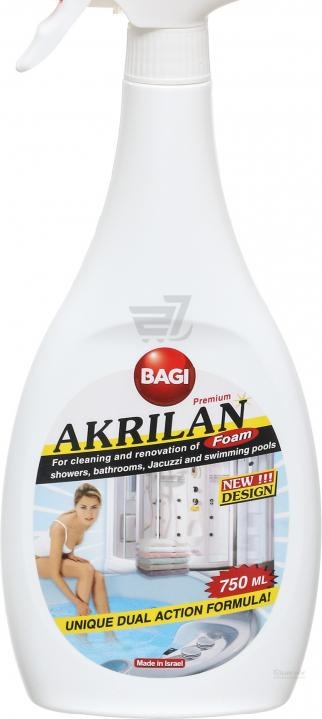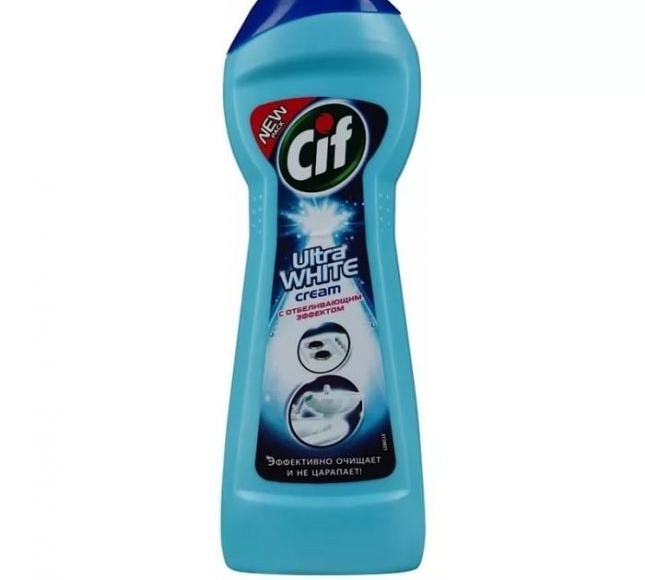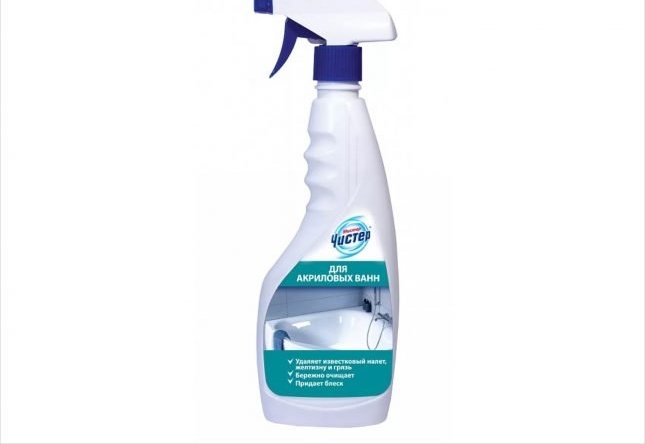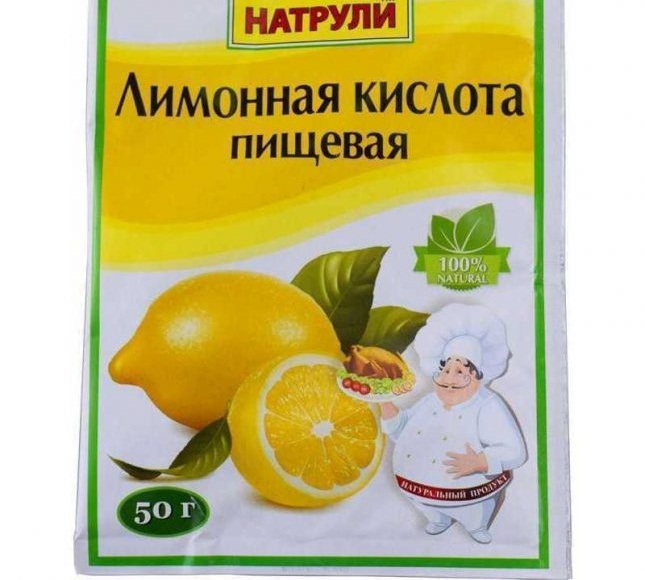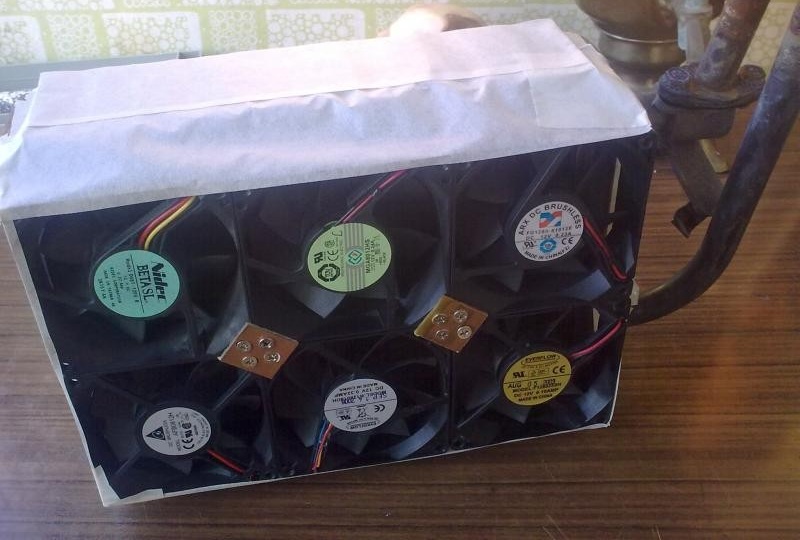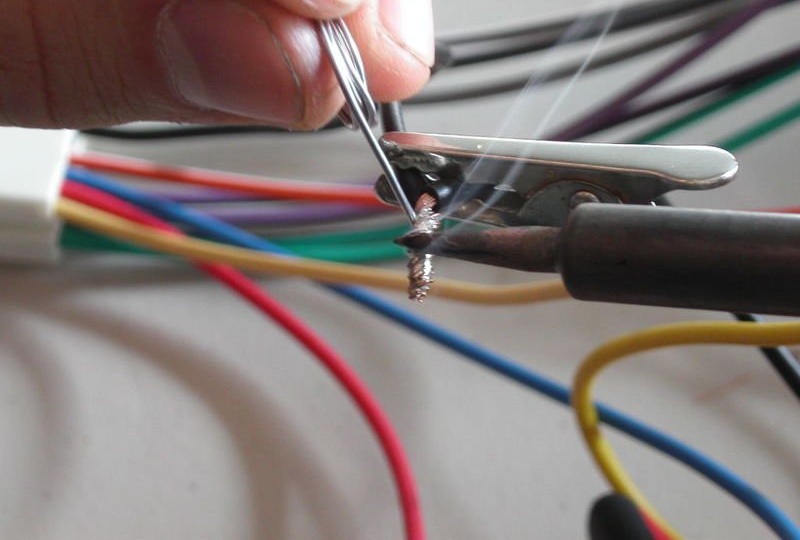How to clean an acrylic bath at home
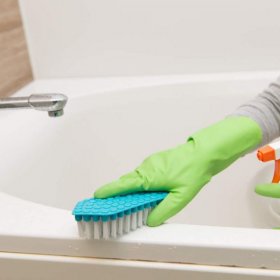
For a long time no longer in the bathrooms of cast-iron heavy fonts. Modern snow-white acrylic bathtubs firmly took their place. They come with hydromassage and backlight, with transparent inserts and soft headrests. But over time, calcareous and soapy deposits spoil the perfect surface. But there are simple tools that will clear acrylic at home.
Content
Methods for cleaning acrylic bathtubs at home
Light acrylic bathtubs are very durable, they do not rust and do not contribute to the growth of mold and fungus. But the lack of material can be considered instability to abrasion and scratches.

Acrylic bathtubs fit perfectly into any interior, a variety of forms will allow you to choose the option that is suitable for each project
Household chemicals
The inner surface of the bath is very smooth: this way less dirt eats into the material. Not all products are suitable for cleaning.

To clean the acrylic bath, use microfiber cleaning cloths: they gently clean the surface and quickly absorb moisture
Here is a list of substances and devices that damage and corrode acrylic:
- metal washcloths and brushes, hard-coated sponges;
- cleaning powders and abrasives that create scratches and microcracks;
- chlorine-containing compounds that lead to yellowing of the walls of the bath;
- too hot water;
- acids, acetone and gasoline, ammonia, causing darkening of the bowl.
You can buy detergents suitable for acrylic surfaces in the store. They carefully and efficiently clean the bath of salt and limescale. These products come in the form of a thick gel or spray that dissolves dirt.
Some popular cleaning products:
- Acrylan. Cleaning foam gently disinfects the surface of the bath and creates a protective film on it, which prevents sedimentation and accumulation of limescale. Do not wait for the product to completely dry: its exposure to the walls of the bath should not exceed 10 minutes. Rinse off the foam with running water. Acrylan cannot be mixed with other cleaning agents.
- Cif cream does not contain abrasives, which means it does not scratch the surface of the bath. The product easily dissolves dirt, is suitable for frequent cleaning, but weakly affects difficult spots.
- Mr. Chister. It acts softly and quickly, kills harmful bacteria and gives the plumbing shine thanks to the acrylic polymer in the composition.
- Tim Profi. Outdated and complex stains defeats, eliminates yellowness and unpleasant odors in the bathroom.
- Mr. Muscle for the bathroom. It is produced in the form of a spray and, when sprayed, dissolves particles of dirt and plaque. After application, wait 2-3 minutes and rinse with warm running water.
It is acceptable to use dish washing gels and washing powders diluted in a small amount of water. Do not spoil the Domestos acrylic if you smear them with the surface for no more than a minute, and then rinse with a large stream of water.
A more affordable alternative to Domestos is Sanox. It is available in the form of a gel, foam and spray.
If the bath was not cleaned for a long time and a water stone and hard coating formed on it, then to remove them, you can use powder for the kitchen, for example, Pemolux:
- Dilute it with water to a pulp consistency.
- Add a spoonful of vinegar and 2 tablespoons of white.
- Apply to the surface and leave for 20 minutes.
- Wipe the plumbing with a rag and rinse off the rest of the product with running water.
Folk remedies
Thrifty housewives often use folk remedies, which cost a penny and are on a shelf in the kitchen cabinet in each house.
Baking soda
Ordinary baking soda perfectly removes all dirt on acrylic. It’s easy to use in cleaning:
- Dilute with water to a pulp consistency.
- To apply mix on spots with spots.
- After 15 minutes, wipe the surface with a microfiber cloth and rinse off the rest of the product with running water.
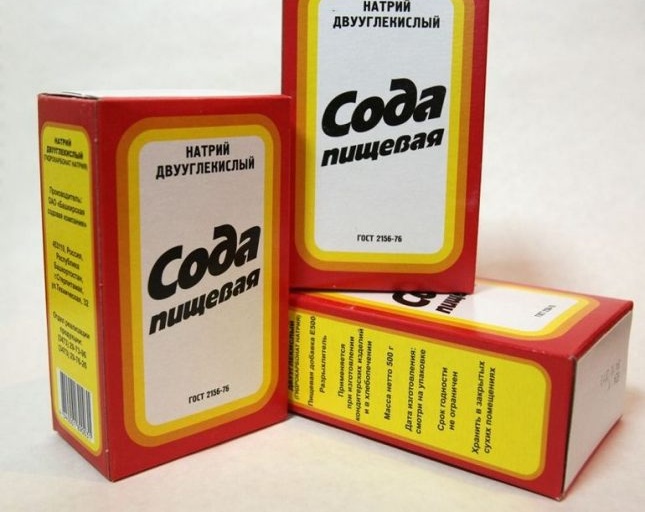
Often baking soda is mixed with coarse salt during cleaning, but this is strictly forbidden when cleaning acrylic bathtubs to avoid scratching the surface
Lemon acid
To remove plaque, citric acid is often used:
- Collect two thirds of a bath of warm water.
- Pour one packet of citric acid.
- After two hours, drain the water and rinse the bath with warm water.
- Wipe the surface with a soft, dry sponge.
Acid can be replaced with lemon:
- Cut citrus in half.
- Grate plumbing walls with juice and pulp.
- After half an hour, rinse with warm water.
Toothpaste
Successfully combats stains and yellowness on the surface of acrylic non-abrasive toothpaste:
- Apply the product on a soft sponge or cloth.
- To rub the polluted places of a bath.
- Wash off the rest of the toothpaste with warm water.
Ammonia and hydrogen peroxide
Ammonia in combination with hydrogen peroxide perfectly fights yellow spots on plumbing:
- Mix in equal proportions, add a little water.
- Moisten a tissue or sponge with the resulting liquid.
- Wipe contaminated areas.
- Wash off with warm water.
- Blot the remaining product with a dry cloth.
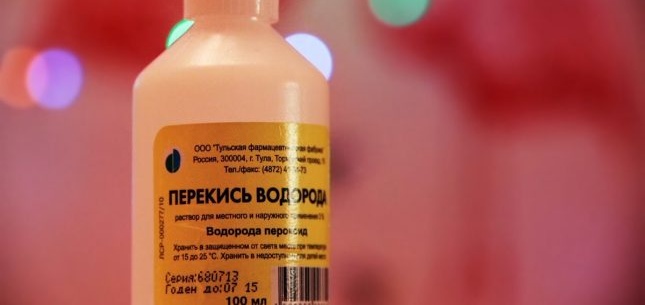
Hydrogen peroxide can be used not only for treating wounds, together with ammonia they give an excellent result when cleaning acrylic plumbing
Vinegar
Finally, apple cider vinegar is suitable for cleaning acrylic bathtubs:
- Collect a full bath of warm water.
- Pour a bottle of 6% vinegar.
- Wait 12 hours and then drain.
- Rinse the surface with warm water, wipe with a cloth.
When working with vinegar or ammonia, do not forget about safety precautions. Wear rubber gloves and tight long-sleeved clothing. If you have sensitive nasal mucosa, add a “protective suit” with a mask or respirator.
Can I use a steam cleaner
The steam cleaner is able to remove the most old pollution and yellow spots. Hot air disinfects the surface and gives it shine.
Such wet cleaning is recommended once every six months: synthetic acrylic in this case will last longer.
Avoid plaque and stains
The quality and composition of water in many regions leave much to be desired. Nevertheless, there are several preventative measures that will help extend the life of plumbing and protect it from stains and ugly deposits:
- put an additional filter on the water pipe to reduce the content of impurities;
- processing the bathtub with furniture polish, forming a protective shell on the walls and preventing darkening;
- surface cleaning after each use and thorough cleaning once every two weeks.
If you follow the simple recommendations for the care and careful use of household chemicals, acrylic plumbing will not cause trouble and will look perfect. To keep the bathtub in excellent condition, it’s enough to set aside just an hour a week for cleaning.
